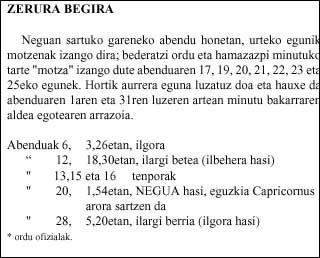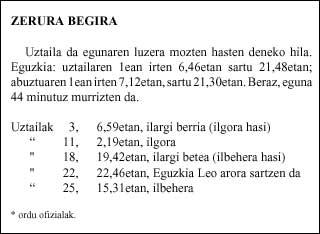Monthly plant magazine. November
1989/10/01 Errekondo Salsamendi, Jakoba Iturria: Elhuyar aldizkaria
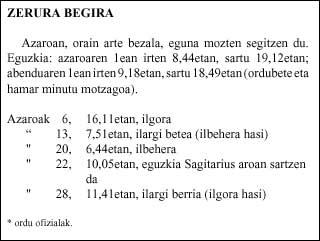
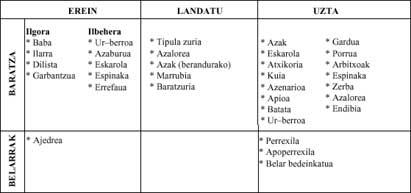
Watercress:
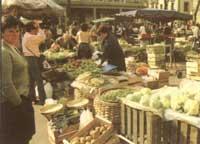
Nasturtium officinale. Harvest: leaf.
Sustainable moisture is the main necessity of this plant. In principle it is a plant that inhabits ponds, swamps and river banks, and it is recommended that you work on one of them. If you work in the garden, continuous watering will be voluntary.
- Planting: Between March and July plant sinks at a distance of 10 cm in the water stream or in the garden.
- Works: Keep moisture somehow.
- Harvest: Collect the leaves as they grow, collect the extreme buds, which develop easily.
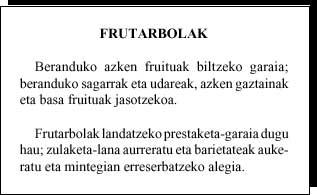
Borrán:
Borage officinalis . Harvest: leaf.
It is a plant that easily adapts to all terrain, although it likes some clay and humidity.
- Sowing: Sow in well-tilled soil (indispensable condition) the months of March, April and August-September, in rolls of 30 cm in length.
- Works: Once the plants grow a little, the best development ones are selected and the others are eliminated. At first you have to give many weeds to the soil of the borage until the plants are strengthened. Place new piles of manure attached to the vegetable threads so that their heat protects the plants. This is more necessary for sowing in summer.
- Harvest: Collect the leaves as they grow.
Collect the seeds of old plants for the next planting and collect them in a dry and dark place.
Watermelon:
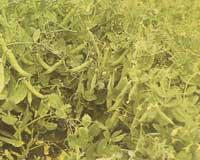
Spinacia oleracea. Harvest: leaf.
It blooms quickly with warm and dry weather conditions and gives seeds (what is called peak). On the contrary, winter ice will be very resistant. It requires rich soil, but never in newly harvested lands of organic fertilizers.
- Sowing: It can be sown all year round, but it usually starts in two times: in early spring, when the land begins to warm and in September-October when the land is still hot. In the first case, probably in summer will rise. In the second, the autumn sowing will last until summer. In rolls of 25 to 30 cm of separation. With a gram of seeds (100 units) we have the age of sowing 3 cm 2.
- Works: At an approximate distance of 10 cm, the best plants are selected and the most bad ones are eliminated. After sowing, water many times so that it is well alert and not toned. Treat enough to keep the spinach section clean of grass.
- Harvest: After planting you can start harvesting from 60 to 75 days. Spinach is usually grouped in two ways: taking the whole plant or removing the larger leaves from the outer face of each plant in each of the collections. The harvest is one kilo and a half per square meter.
- Varieties: • Spring: "Summer Giant", "Viking" • Autumn: "The Winter Giant", "Viroflay Monster".
Harvest:
Rumex sp. Harvest: leaf
This plant, known as grassy meadows, is considered in Europe and, above all, in France as a vegetable of great appreciation.
No special weather needs. It is a plant that grows in any terrain, except in the calcareous ones, but that best develops in a soil rich in organic fertilizers. If the special acidity of the harvest is not desired to be excessive, it should be planted in the shade.
- Sowing: Between March and June, directly in rolls or in series of 20 cm separation nurseries on the ground.
- Planting: In the case of the seeds in the nursery, when the plant has 4-6 leaves, to the roll (20x15 cm).
- Works: In the case of revegetated directly on the ground, choose the plants of best development, leaving a distance of approximately 15 cm. If there is no drought that produces a toning, that is, if it is watered during the summer, the harvest will last several years.
- Harvest: Collect the leaves as they grow.
- Varieties: Ring spinach (the least sour) Red ring of Lyon, long ring of Belleville.
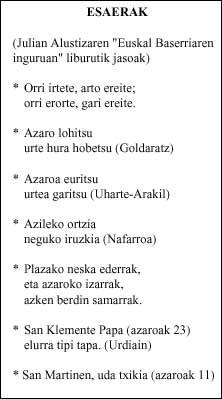

Gai honi buruzko eduki gehiago
Elhuyarrek garatutako teknologia



